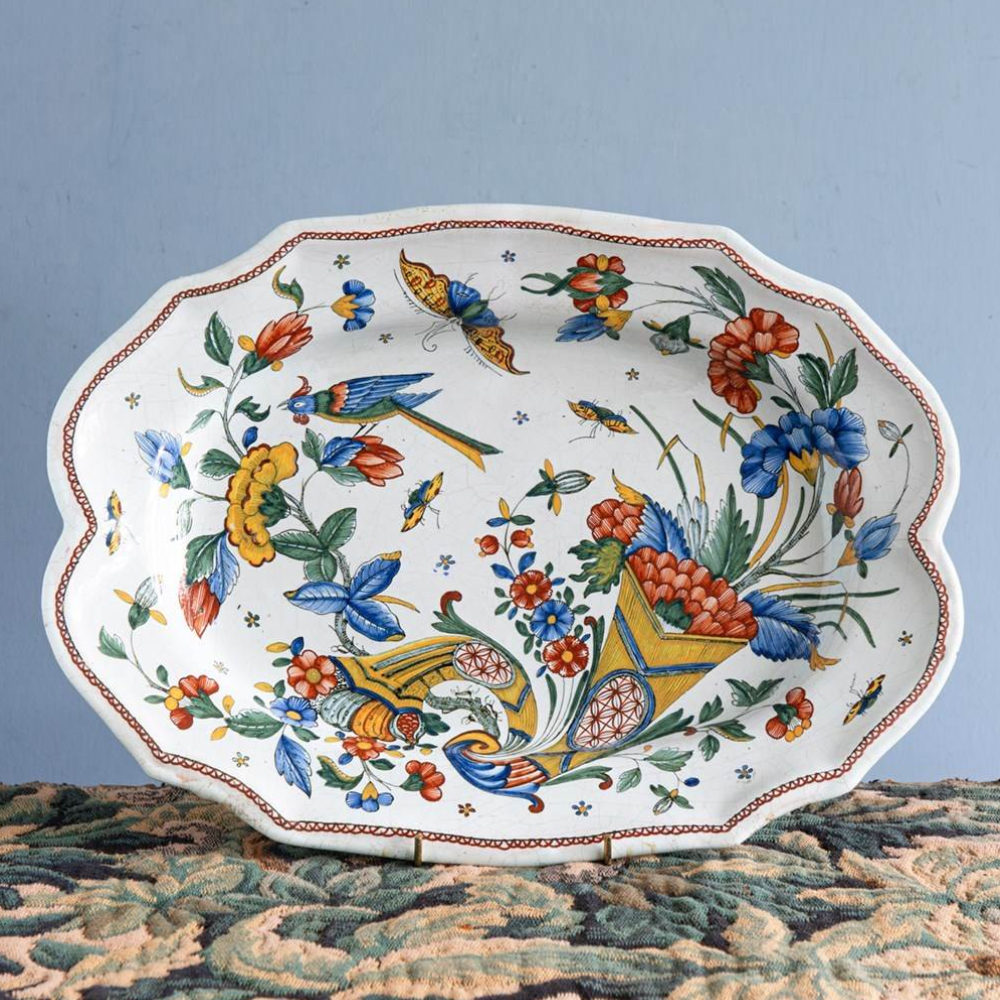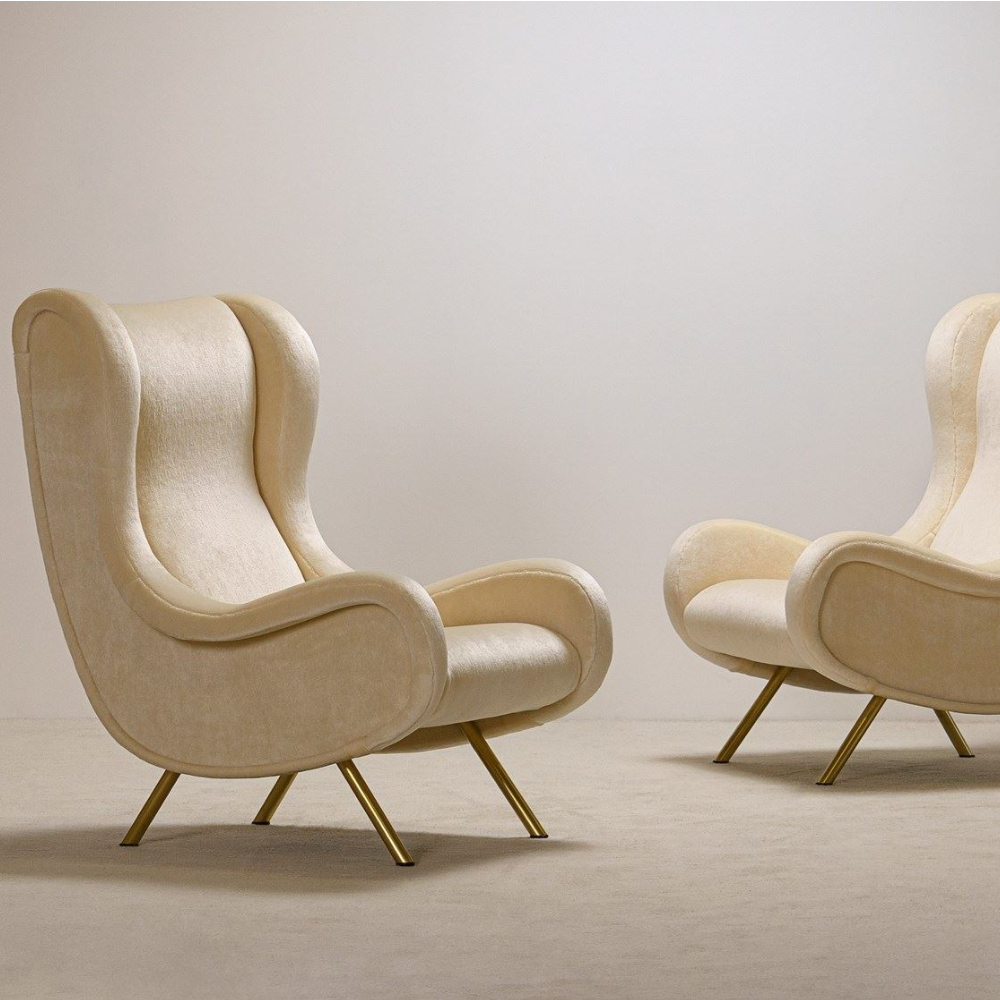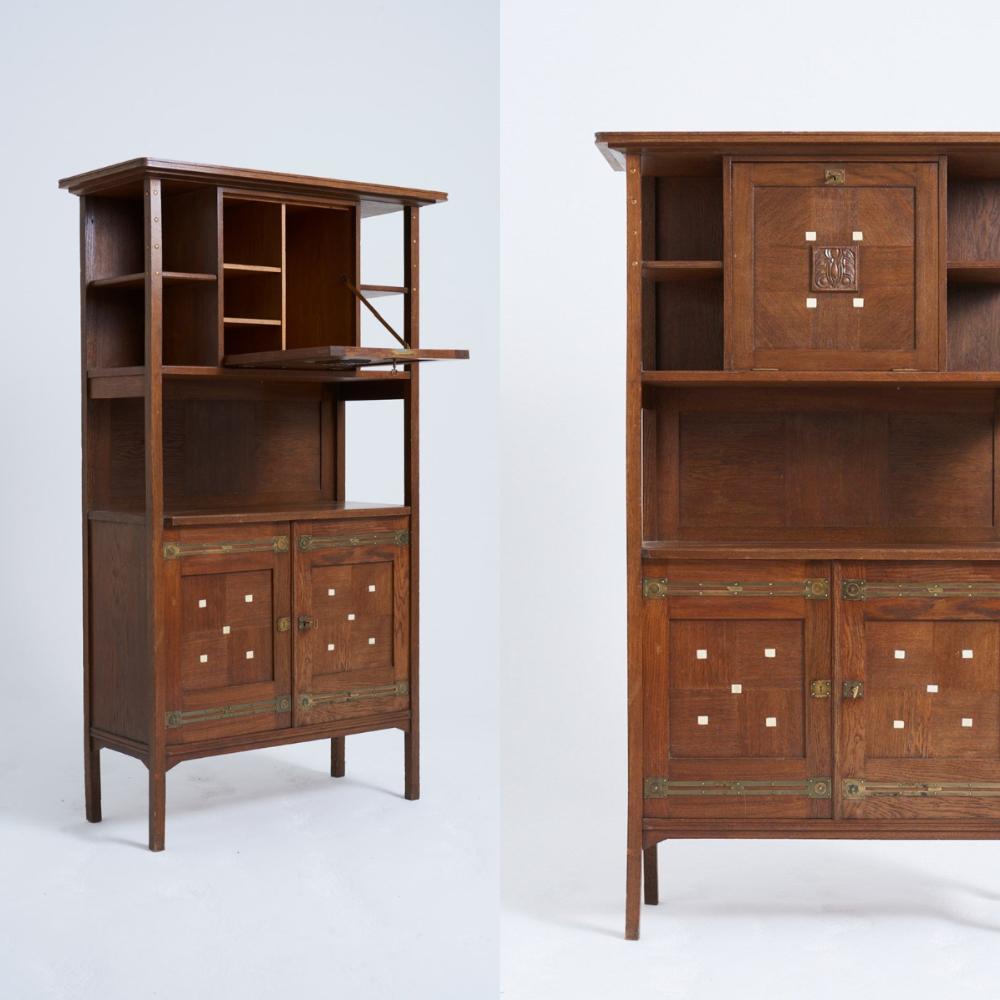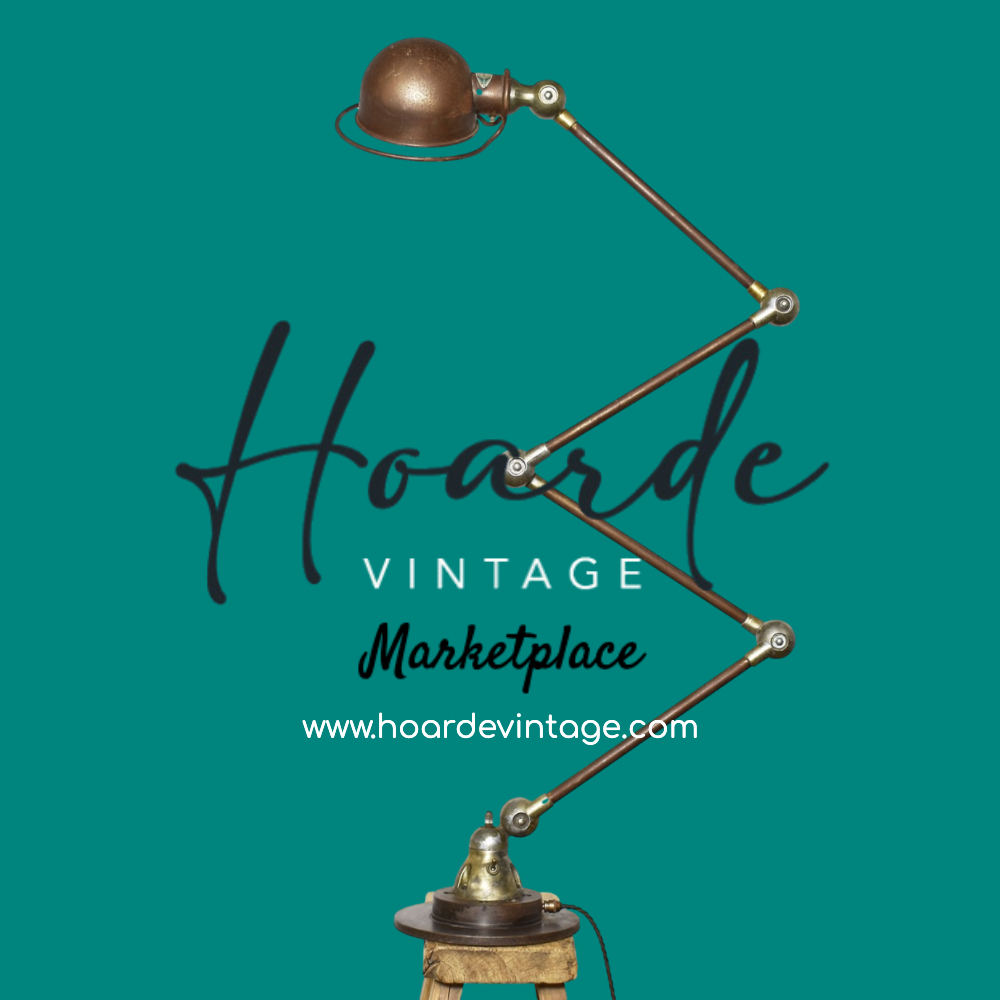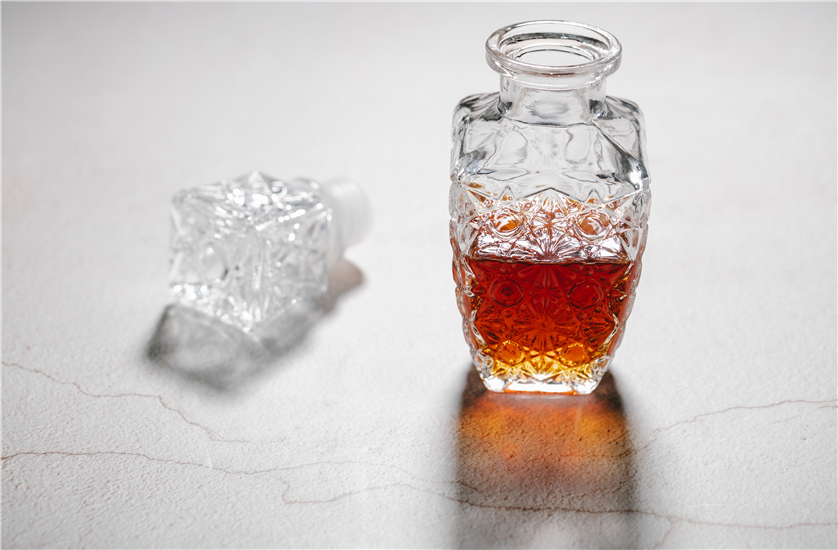
Glassware has long been a popular type of antique, with simple and fantastical designs both getting plenty of attention throughout the years. Able to withstand ageing, unlike other antiques, glass made hundreds of years ago can still look as fantastic today if it is looked after.
This is good news for collectors of antique glassware, but it can make valuation a bit more difficult. As glass doesn’t show the same signs of ageing as metal or furniture, its perfect condition can mean it is hundreds of years old or less than a decade old, unless you know what to look for.
How Can I Tell if Glass is Vintage?
There is a lot of vintage glassware out there, which can make identifying an antique piece quite difficult if you don’t know what you’re looking for. From antique hand-cut crystal to refind mid-century pieces, there are a lot of different glassware styles out there, as well as a lot of reproductions.
What makes things even more difficult is the fact that many vintage glassware items are unmarked. However, a number of well-known glassmakers did mark their pieces, so it is always worth looking for one of the following:
- Trademark
- Company logo
- Symbol
- Signature
These are most often found on the bottom of the glassware, but sometimes they will be on the side, so you should give the glass a good once over. While glass tends not to age a lot, dirt can still build up, obscuring marks, while some finer marks may be hard to decipher without a magnifying glass.
If there is no mark on the glass, there may be other signs that can help you work out how old it is. It may have mould marks, show the pontil mark of blown glass or have identifying characters within the glass, such as bubbles. All of these can help you find out more about your glassware with a bit of research.
How Do I Identify Vintage Glassware Styles?
One of the best ways to identify antique and glassware styles is to get familiar with some of the most well-known makers and types of antique glassware. Focusing on a style you like or a type of glassware can make this much easier, as there are a lot of different vintage glassware looks available.
Popular types of vintage glassware include:
- Art Glass: Made in the 1890s and early 1900s by companies like Durand, Tiffany Favrile, Quetzal and Steuben.
- Carnival Glass: Characteried by its oil slick-like colouring, Carnival Glass was first mad by the FFenton Art Glass Company in 1908, inspired by Art Glass.
- Depression Glass: Known for its translucent pink or cobalt blue colouring, Depression Glass was made between 1929 and 1939. The most sought after Depression Glass is Royal Lace, made by the Hazel-Atlas Glass Company.
- Elegant Glass: Similar in colouring to Depression Glass and made around the same period, Elegant Glass pieces are of a higher quality. Pieces were manufactured by a number of companies, including Cambridge Glass, Fosteria Glass, Heisey Glass and Duncan and Miller Glass.
- Fenton Glassware: One of the biggest glassware companies, Fenton made a huge range of glassware, including cranberry glass and milk glass. The company operated between 1905 and 2011.
- Kitchen Glass: This was an offshoot of Depression Glass and included many useful glassware items manufactured in the 1920s and 1930s. This style includes Delphite Glass, Fire king. Jadeite Glass and Platonite Glass.
Older glassware is also popular, with Victorian Glass (manufactured between 1840 and 1900) being sought after. However, older items of glassware - especially antique cut glass - tend to be more expensive and is harder to find outside of auctions. These types of glass are often reproduced as well, so you need to have a good idea of what to look for in a genuine piece.
Should I Get My Vintage Glassware Appraised?
If your research suggests that you have a genuine piece of vintage or antique glassware, it is a good idea to get it appraised. This will tell you more about the maker of the glass, as well as its value, which can be helpful if you want to sell or insure your glassware.
When it comes to items that would generally be found in a set, it is worth getting these appraised together rather than individually, as they can be worth more as a complete set. It is also a good idea to look out for individual items or pairs if your set is missing a piece, as a complete set will be appraised at a higher value.


